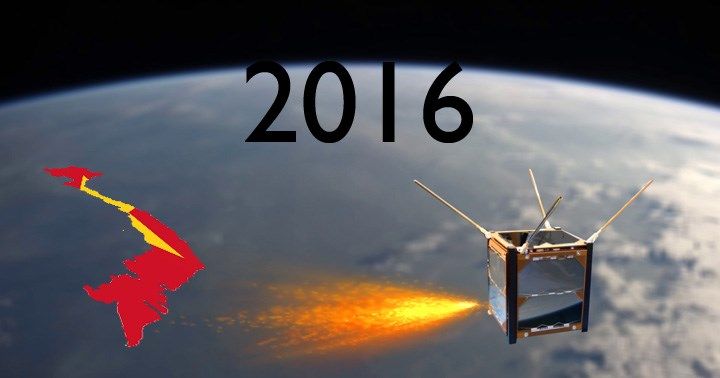
Recently, Vietnam announced plans to send a 10 kilogram nano-satellite into orbit in 2016, according to Vietnamplus. This project is designed by a team made up of 100 percent Vietnamese engineers and experts. This nano-statellite is named NanoDragon. With a two-year countdown remaining, many scientists are excited to see this “made in Vietnam” dragon fly.
Nanosatellites are also called “nanosats”, and the name comes from the use of nanotechnology on board. Nanotechnology refers to the precise engineering of materials on atomic and molecular scales. Most of these artificial satellites will weigh between one and 10 kg (2.2–22 lbs). Nanosatellites are appropriate for Vietnam because of their size and affordability for low-budget science projects.
Furthermore, engineers and scientists can also use it to piggyback on bigger plans in the future. With that in mind, associate professor Dr. Pham Tuan Anh, director of the Vietnam National Satellite Centre (VNSC), also revealed that Vietnam will be capable of manufacturing and operating full-scale commercial satellites weighing 500 kg by 2018. Last year, VNSC also successfully launched a micro satellite called Pico Dragon, which weighed 1 kg
For the time being, Vietnam is building an Aerospace Centre with an ODA investment from Japan worth $505 million. Those small satellite launches are seen as a preparation period before Vietnamese scientists can get their hands on bigger projects.
Vietnam now has four satellites. They are Vinasat-1 (one of the first Vietnamese sats), Vinasat-2 (will replace Vinasat-1), F-1( successful launch but doesn’t have signal) and VNREDSat-1. Those have all been collaborative projects with other countries and were not launched in Vietnam. Most of them started their journey from France.
The launching of the upcoming NanoDragon looks promising for Vietnamese Aerospace technology. Many other potential opportunities for Vietnamese engineering will come with the rise of the local space industry. The upcoming aerospace centre is predicted to be one of the most modern of its kind in Southeast Asia.




